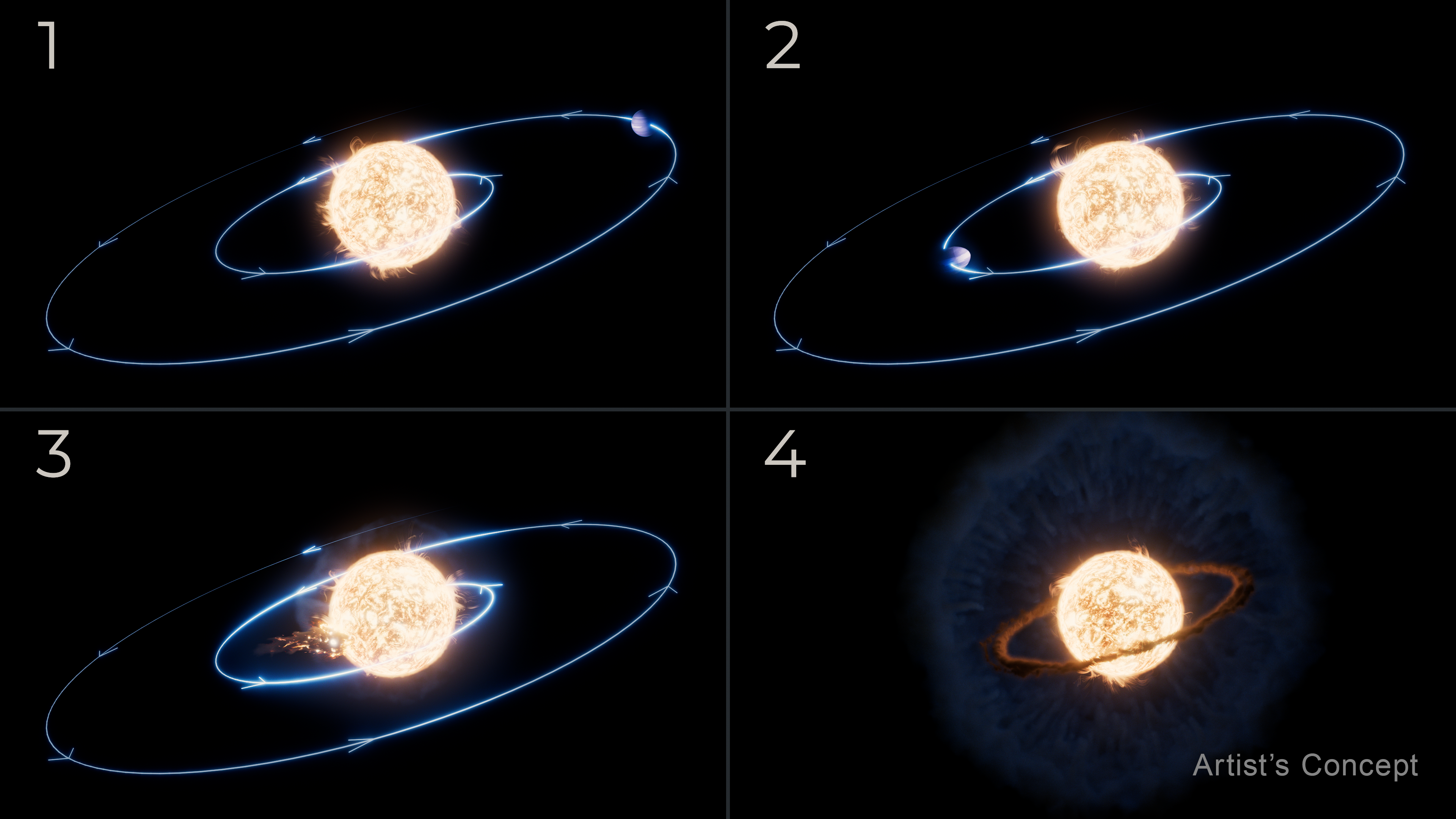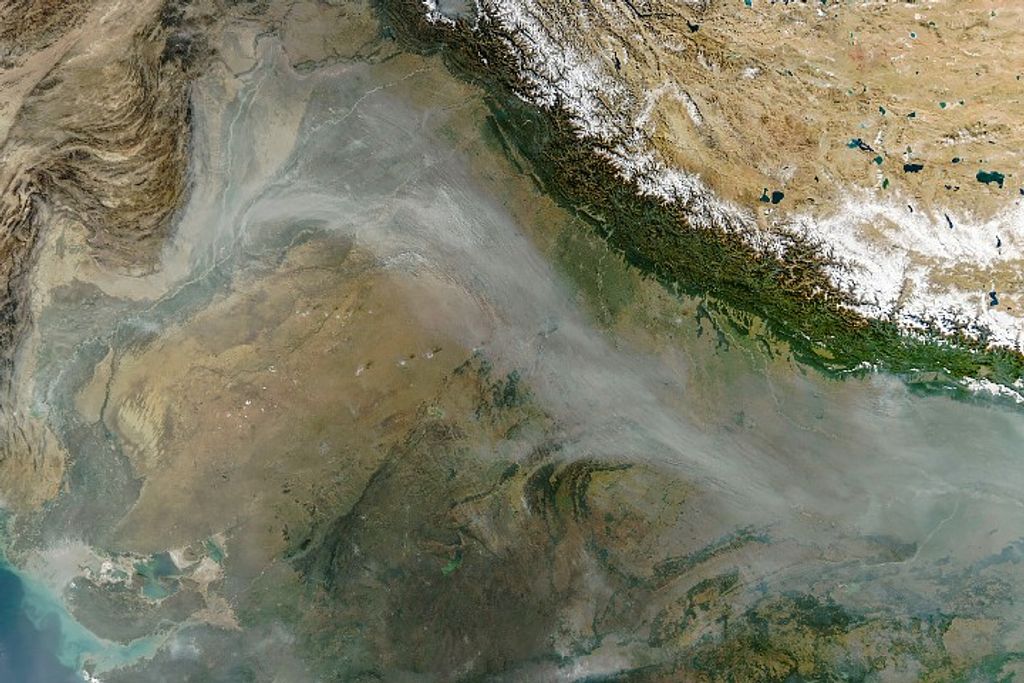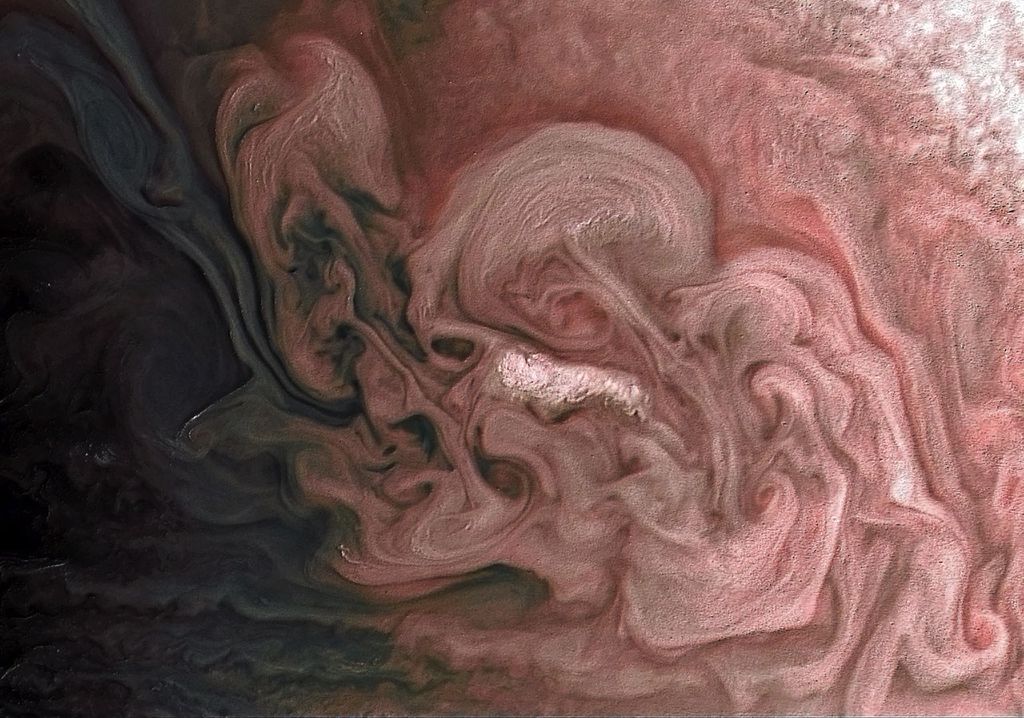1 min read
Planetary Engulfment Illustration

NASA’s James Webb Space Telescope’s observations of what is thought to be the first ever recorded planetary engulfment event revealed a hot accretion disk surrounding the star, with an expanding cloud of cooler dust enveloping the scene. Webb also revealed that the star did not swell to swallow the planet, but the planet’s orbit actually slowly decayed over time.
This illustration depicts the sequence of events that took place over millions of years, based on observations from Webb’s MIRI (Mid-Infrared Instrument) and NIRSpec (NIR-Infrared Spectrograph).
Panel 1: The planet was about Jupiter-sized, and orbited very close to the star – even closer that Mercury’s orbit around our Sun.
Panel 2: The planet’s orbit slowly shrank, or decayed, over time, and the planet approached the star. It eventually started to graze the star’s atmosphere. As the planet was falling in, it smeared around the star.
Panel 3: The planet was engulfed by the star completely, and blasted gas away from the outer layers of the star.
Panel 4: As that gas expanded and cooled off, the heavy elements in this gas condensed into cold dust over the next year. There is a hot circumstellar disk of molecular gas closer to the star.
- Release DateApril 10, 2025
- Science ReleaseNASA Webb’s Autopsy of Planet Swallowed by Star Yields Surprise
- CreditIllustration: NASA, ESA, CSA, Ralf Crawford (STScI)
Downloads
Share
Details
Laura Betz
NASA’s Goddard Space Flight Center
Greenbelt, Maryland
laura.e.betz@nasa.gov
NASA, ESA, CSA, Ralf Crawford (STScI)





























